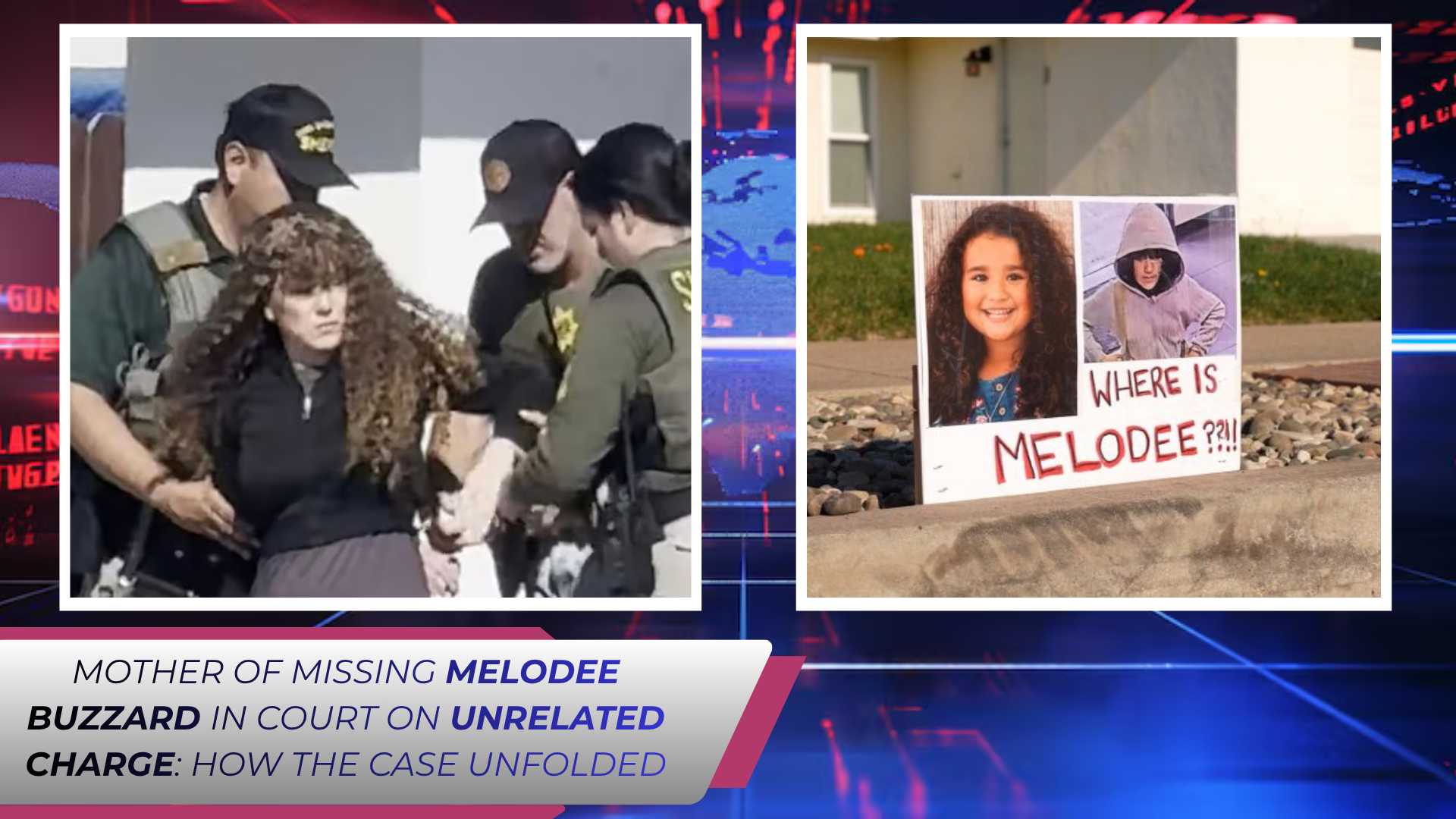Decades-Old Austin “Yogurt Shop Murders” Solved Through DNA and Ballistics Evidence
For more than three decades, the “Yogurt Shop Murders” haunted Austin, Texas. On December 6, 1991, four teenage girls—Jennifer Harbison, 17; her sister Sarah Harbison, 15; Eliza Thomas, 17; and Amy Ayers, 13—were brutally bound, gagged, and killed inside an I Can’t Believe It’s Yogurt! shop, where two of them worked. The case remained unsolved for years, leaving families and the community in anguish and law enforcement struggling to find answers.
That night, a patrol officer noticed flames rising from the yogurt shop. When firefighters entered the building, they discovered the horrifying scene: the four girls had been stripped, bound, gagged, shot to death, and partially burned. The crime’s brutality made it one of the most shocking in Austin’s history and created significant challenges for investigators.
Over the years, detectives followed thousands of leads, including several false confessions. In 1999, police arrested four men who had been juveniles at the time of the crime. Two of them, Robert Springsteen and Michael Scott, confessed and implicated each other but later recanted, claiming their confessions had been coerced. Both were convicted, but DNA evidence later excluded them, and their convictions were overturned. Charges were formally dropped in 2009, clearing the men who had long suffered the consequences of a crime they did not commit.
“This case stole decades of my life, but the truth has finally come to light,” Michael Scott said in a statement issued through his attorney.
In 2022, Detective Daniel Jackson of the Austin Police Department’s cold case unit reopened the investigation. He and a team of forensic experts meticulously reviewed the original evidence and selected items for retesting, including a .380 cartridge collected from the crime scene. In June 2025, the cartridge was analyzed through the National Integrated Ballistic Information Network, revealing a match to an unsolved 1998 crime in Kentucky. Although the details of that case were not disclosed, Jackson noted similarities that linked the two incidents.
Authorities then pursued DNA comparisons across multiple states. By August 2025, officials in South Carolina confirmed that advanced DNA testing of a sample taken from under Amy Ayers’ fingernail matched Robert Eugene Brashers, a suspected serial killer who had died by suicide in 1999. Brashers had previously been linked to a 1990 murder in Greenville, South Carolina, and other violent crimes spanning Missouri, Tennessee, and South Carolina.
“Amy’s final moments on this Earth were to solve this case for us,” Jackson said at a press conference. “It’s because of her fighting back.”
Brashers’ violent history included the 1990 strangulation of a South Carolina woman, the 1997 rape of a 14-year-old girl in Tennessee, and the 1998 murders of a mother and daughter in Missouri. The gun Brashers used to end his own life during a standoff with Missouri police in January 1999 was the same make and model as the weapon used in the Austin killings, further confirming his connection to the crime.
Travis County District Attorney José Garza affirmed the strength of the evidence, emphasizing that it clearly points to Brashers as the perpetrator while confirming the innocence of the men previously charged. “If the conclusions of APD’s investigation are confirmed, as it appears they will be, I will say: I am sorry, though I know that will never be enough,” Garza said.
The Texas Attorney General’s Cold Case and Missing Persons Unit played a pivotal role in the investigation, collaborating with labs in multiple states to confirm Brashers’ identity. Attorney General Ken Paxton praised the dedication of his team, stating, “My team has worked tirelessly on this case for years, and this development is a testament to their dedication and hard work.”
Austin Police Chief Lisa Davis described the breakthrough as “a significant development in one of the most devastating cases in our city’s history,” acknowledging the relief it brought to families who had endured more than three decades of uncertainty and grief.
Austin Mayor Kirk Watson reflected on the emotional weight of the announcement, saying, “Austin lost its innocence the night those young souls became victims. Today was a long time coming.”
Family members of the victims also expressed their sense of closure. Sonora Thomas, Eliza Thomas’ sister, shared, “I now know what happened, and that does ease my suffering.” Barbara Wilson, mother of Jennifer and Sarah Harbison, echoed the sentiment, emphasizing that their goal was always to find the truth rather than seek vengeance. “We never wanted anyone to go to jail or be charged with anything that they didn’t do,” she said.
The resolution of the Yogurt Shop Murders is a testament to the power of persistence, modern forensic science, and collaboration across jurisdictions. Through DNA and ballistic evidence, law enforcement was able to identify a perpetrator long believed lost to history, providing long-awaited justice for the victims and their families.
This case also highlights the critical importance of revisiting cold cases with advanced investigative techniques, particularly when the original investigations were hindered by technological limitations or false leads. The painstaking work of Detective Jackson, the Austin Police Department, and state authorities demonstrates that even decades-old crimes can be solved with diligence, scientific innovation, and unwavering commitment.
For the families of Jennifer Harbison, Sarah Harbison, Eliza Thomas, and Amy Ayers, the confirmation of Brashers’ culpability finally provides answers to questions that have lingered for 34 years. While no amount of closure can undo the pain and loss they suffered, the identification of the true perpetrator restores a measure of justice to a community that has long sought it.




.png)
.jpg)


